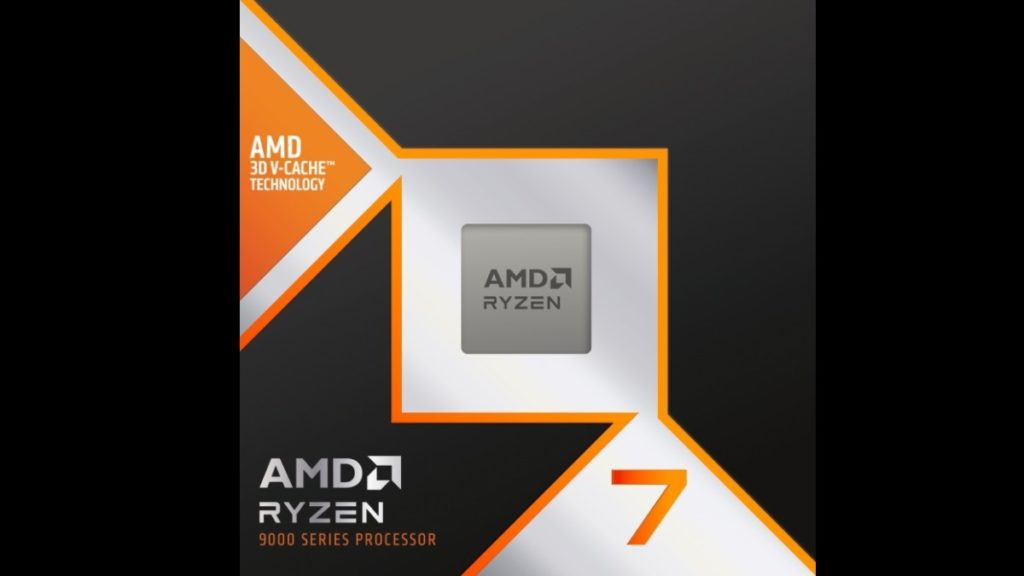
Images of what is said to be a delidded AMD 9800X3D processor appear to confirm rumors regarding a new package design. Over the weekend, a new rumor surfaced that AMD had chosen a different route with its Ryzen 7 9800X3D Zen 5 processor by reversing its CCD and 3D V-Cache layering. Now according to Wccftech’s source, this appears to be confirmed. It’s reported that upon a closeup inspection of the die a layer normally seen at the top of AMD’s X3D parts is no longer visible and is suspected to be underneath the die. It also appears that whoever provided the images used a Thermal Grizzly Delid-Die-Mate originally designed for the Ryzen 7000 series CPUs, suggesting that this Zen 5 part has similar dimensions. This could be good news for owners of the tool, designed by famed overclocker der8uaer, who are considering upgrading to the upcoming processor.
Per Wccftech:
- “On previous iterations of 3D V-Cache offerings such as the Ryzen 5000X3D and Ryzen 7000X3D CPUs, you can see traces of the 3D V-Cache stack when light is reflected at a certain angle.”
- “That is not the case with the Ryzen 7 9800X3D, which has no such traces on the top of the CCD.”


AMD first introduced its X3D lineup with its AM4 Ryzen 7 5800X3D in April 2022 which was then followed a year later by its AM5 Ryzen 7 7800X3D. Both processors were known to have their 3D V-Cache stacked on top and both were locked to prevent overclocking. It was generally accepted this was due to un-optimal cooling options with the CCD no longer being in contact with a heat spreader. The idea of reversing the layers has intrigued the PC community as it opens the possibility of overclocking the 9800X3D and images of what is said to be this will likely fuel speculation until review embargoes are lifted. It has also now been suggested that swapping the layers also opens the door to the possibility that AMD could, in a future design, have 3D V-Cache layers on both sides of the CCD.
